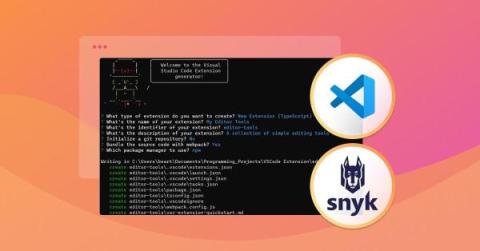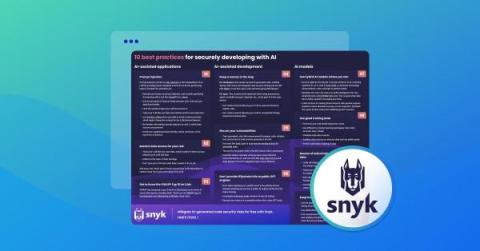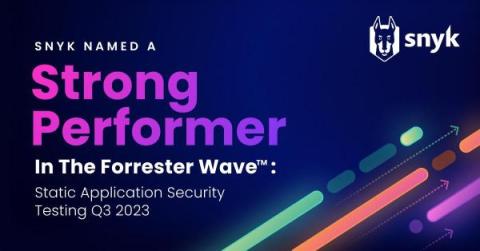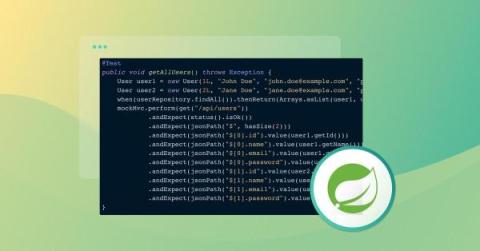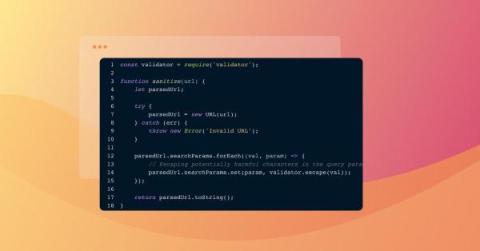Does AI lead to AppSec hell or nirvana?
The use of artificial intelligence in every area of life — from writing papers to maintaining critical infrastructure to manufacturing goods — is a controversial topic. Some are excited about the possibilities that come with AI/ML tech, while others are fearful and reticent. These differing opinions raise a fundamental question: will AI turn our modern-day society into a utopia or a dystopia?



